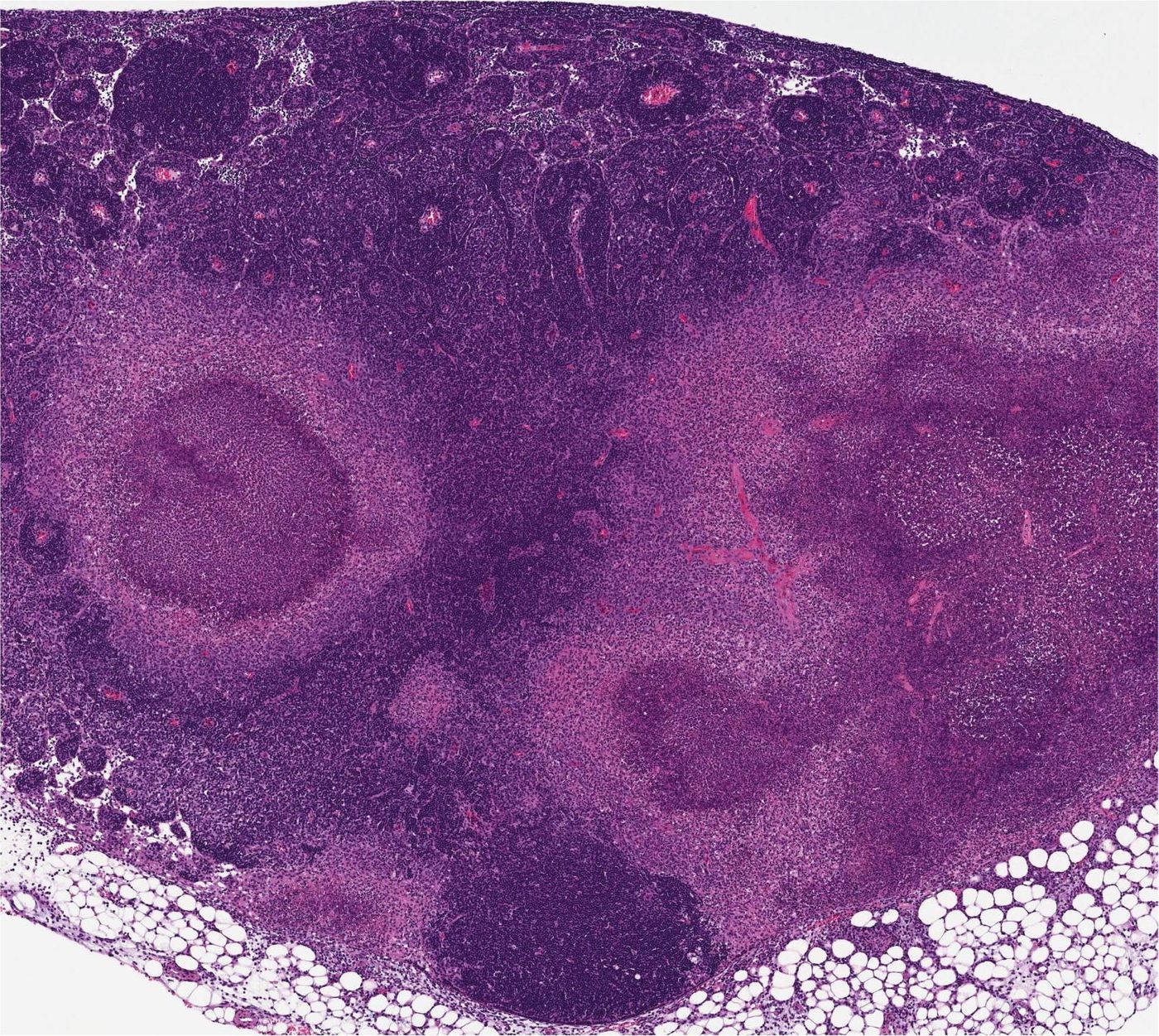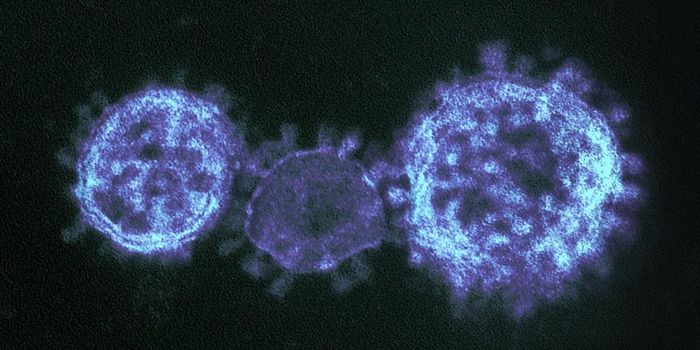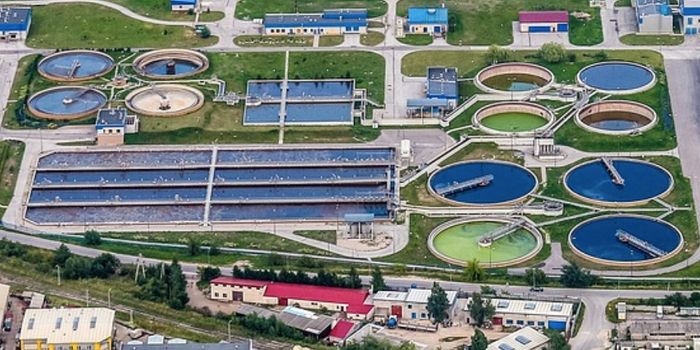Cells Can Die When Infected so Others Can Live
Pathogens have a variety of tactics to avoid detection by our immune system, which is always surveilling our bodies for foreign invaders. New research has revealed a backup plan that cells use when the immune response is being evaded. Scientists have long wondered how a host organism is still able to fight infection when the pathogen is using a tactic meant to turn off host immunity. This work, led by Igor E. Brodsky of the University of Pennsylvania, and reported in the Journal of Experimental Medicine, addresses that question; it suggests that cell death helps limit invaders.
"In the context of an infection, the cells that are dying are talking to the other cells that aren't infected," said the senior author of the work, Brodsky, an Assistant Professor in the Department of Pathobiology in Penn's School of Veterinary Medicine. "I don't think of it as altruistic, exactly, but it's a way for the cells that can't respond any longer to still alert their neighbors that a pathogen is present."
Some species of Yersinia bacteria can cause gastrointestinal disease and plague in humans and can inject a protein into infected host cells that allow the bacteria to avoid being detected by the immune system. That protein, YopJ, interferes with important cellular signaling cascades, halting the production of cytokines, which would usually notify other cells about the infection and induce apoptosis. Apoptosis is a type of cell death that was thought to be non-inflammatory. However, mice and humans can survive infections from Yersinia, because the immune response is still activated somehow.
The researchers wanted to investigate how cells evade Yersinia's strategic protein and focused on an enzyme called RIPK1. It is known to have an important role in inducing cell death and signaling after pathogen detection.
"RIPK1 sits at a key decision point for the cell," explained Brodsky. "Depending on the stimuli the cells see, this protein can transduce a signal to activate gene expression, programmed cell death, or apoptosis, or it can activate another form of cell death called programmed necrosis."
Recent work reported in Nature Cell Biology outlined how RIPK1 assists a cell in switching between promoting survival- or death-associated functions. Although it’s known that disruption in this pathway can induce cell death, it was not known why. The scientists turned to a GlaxoSmithKline mouse in which RIPK1 is mutated, finding that the mutated RIPK1 protein cannot induce apoptosis when it encounters Yersinia bacteria.
"This mouse was really useful for us to be able to distinguish between the inflammatory response and apoptosis," Brodsky noted.
Apoptosis is usually seen as non-inflammatory, but the research showed that RIPK1-induced apoptosis can promote the production of cytokines on its own, possibly by nearby uninfected cells. This helps to initiate an inflammatory response and helps promote survival of the host.
The researchers want to continue to learn more about how cells initiate the production of cytokines by local cells, as well as how this work may be used to induce cancer cells to die.
Learn more about apoptosis from the video.
Sources: AAAS/Eurekalert! Via University of Pennsylvania, Journal of Experimental Medicine









